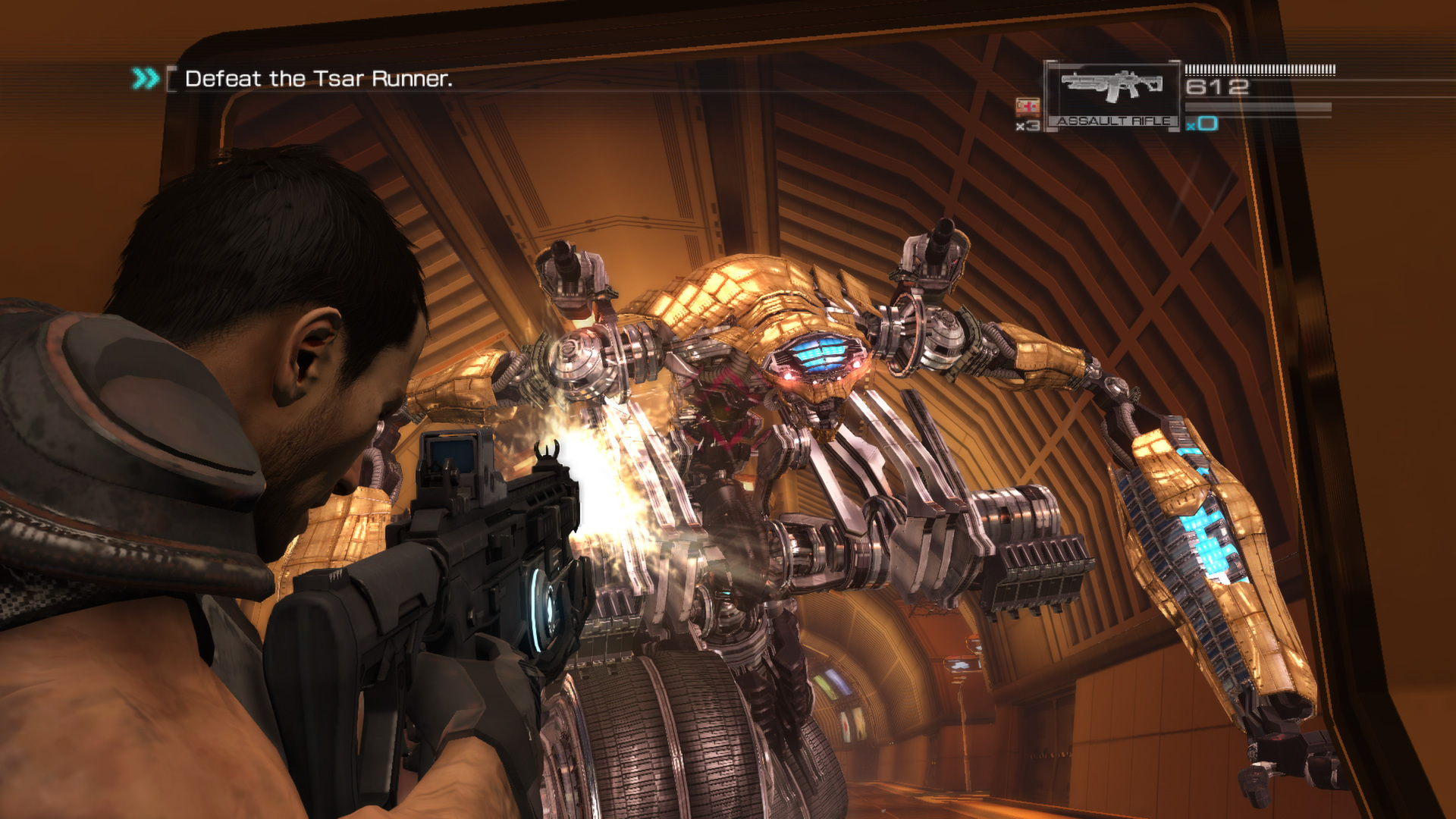

We choose a sampling interval and we take samples of x-y pairs at these points. First we take samples of "x" values (where "x" is a variable that represents time). Note: Let's assume that we have an coordinate plane where x represents time and y represents the output like let's just say sound.ġ. So using smaller and smaller boxes we create a picture of the continents even though the limitation of being a bad artist.Ĭonverting analog (continuous) data to binary is done in 3 steps. So what we do is use a ruler to draw boxes (boxes are easy with a ruler) that represent the continents and then we draw smaller boxes inside the boxes and use an eraser to give the landmasses their general shape.

We create buckets in which we put sounds depending on their pitch because we choose the buckets they're finite and so we can create computer programs that do a pretty good job at reproducing sounds.Īnother way to imagine it would be like, a bad artist wants to draw all the continents (I'm a really bad one :^) ), just outright drawing the landmasses is out of the question, the artist is too bad for that. Now reproducing sound one to one is an impossible task, because the tiny tiny differences that can't all be quantified there are just too many. Reduction means you take a problem and reduce it to a simpler, one we or rather the computer can manage.

A big task when trying to translate information from the daily world into the digital is reduction.


 0 kommentar(er)
0 kommentar(er)
